Block Chain - The Emergence of the latest type of currency
 Vidushi Gandhi
Vidushi Gandhi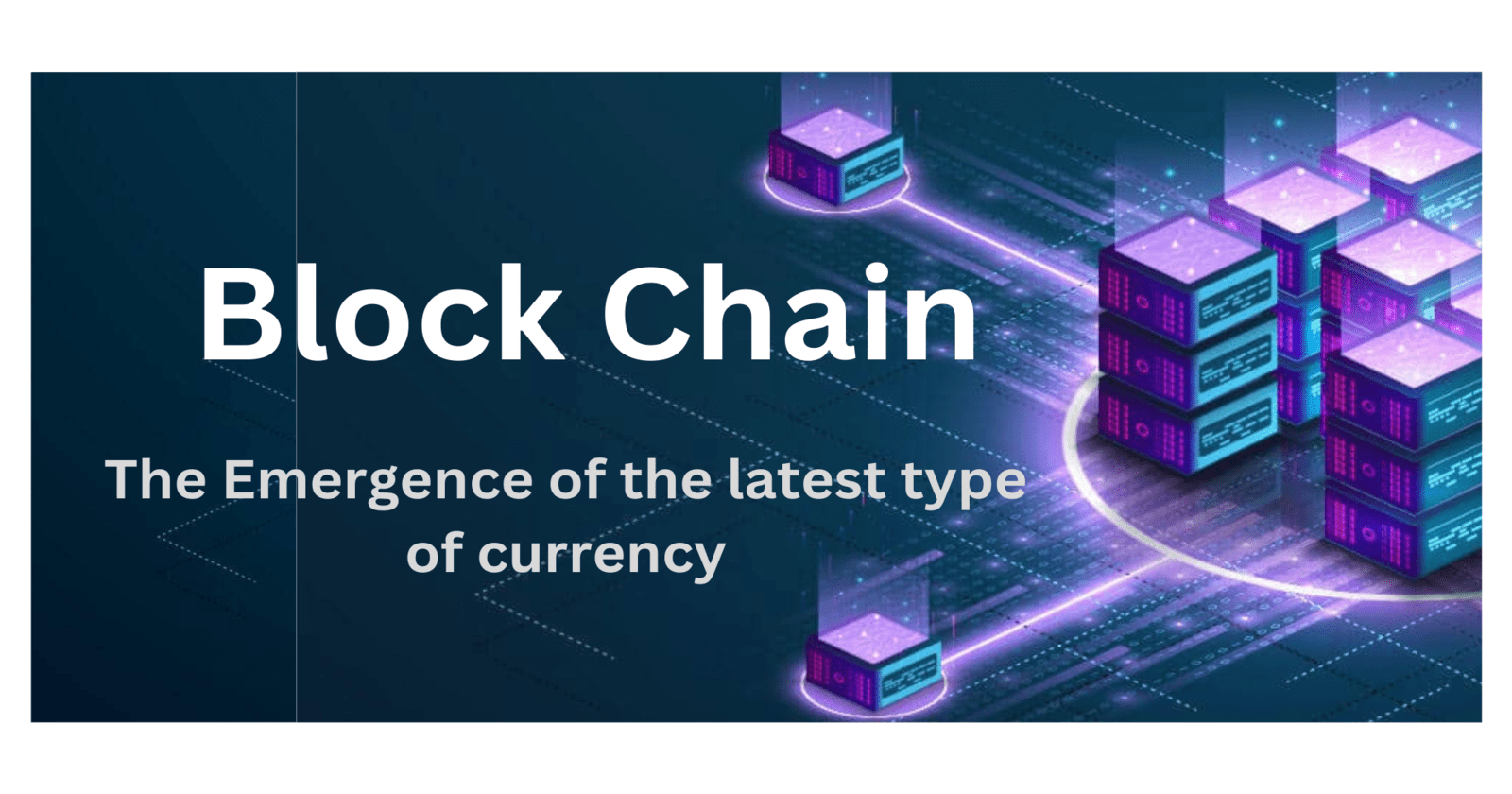
“Whereas most technologies tend to automate workers on the periphery doing menial tasks, blockchains automate away the centre. Instead of putting the taxi driver out of a job, blockchain puts Uber out of a job and lets the taxi drivers work with the customer directly.” These are the thoughts of Vitalik Buterin. Blockchain chain demand is growing day by day.
The global blockchain technology market size was estimated at around 6.92 billion dollars in 2021 and is expected to reach approx USD 10 billion in 2022. The Growth rate in BlockChain technology is a CAGR of 86 % from 2022 to 2030. Many IT professionals have switched careers and started accepting BlockChain Technology. They all think that BlockChain is the new Beginning. Although Blockchain technology was developed in 1990 but was used in 2009 when Satashi Namakoto develop bitcoin using Block Chain technology.
But guys Do you have any idea
What exactly BlockChain is it?
Let me help you
Blockchain is a shared, immutable ledger that facilitates the process of recording transactions and tracking assets in a business network. An asset can be tangible ( car, cash, land) or intangible (intellectual property, patents, branding). Virtually anything which has value can be tracked and traded on a blockchain network, reducing risk and cutting costs for all involved.
A blockchain is distributed, decentralized database of records that enables fast reliable transactions without centralized management overlooking it.

With this, we came to know that blockchain is difficult to mutable(change) and this also provides a piece of good relevant information without any scam. It also helps to protect from un authorize access to data and offers high-security levels
Blockchain is used in cryptocurrency, Real estate, Hospital Management systems, and Bank Management systems and nowadays it is widely adopted in many fields because of its great demand in the market. We will be more study about this in the coming blogs.
Types of Blockchain
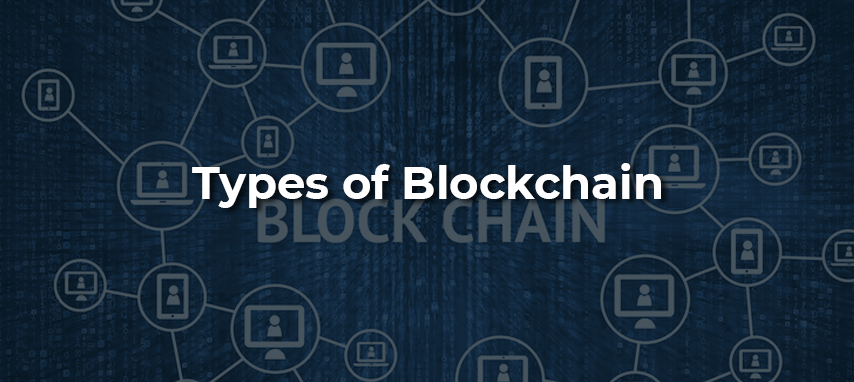
Block Chains are further classified into
Public Blockchain.
Private Blockchain.
Hybrid Blockchain.
Consortium Blockchain.
Public Blockchain: With the name only we can come across that this BlockChain can be used by anyone from anywhere or we can say from anywhere in the globe. These are permissionless BlockChain used to store that information that can be shown to the public. They are much more decentralized as compared to any other type of blockchain. They require more operation or access time as compared to any other type of blockchain. It is a more secure platform to make your transaction properly at the same time, it’s not required for you to reveal your name and identity to participate.
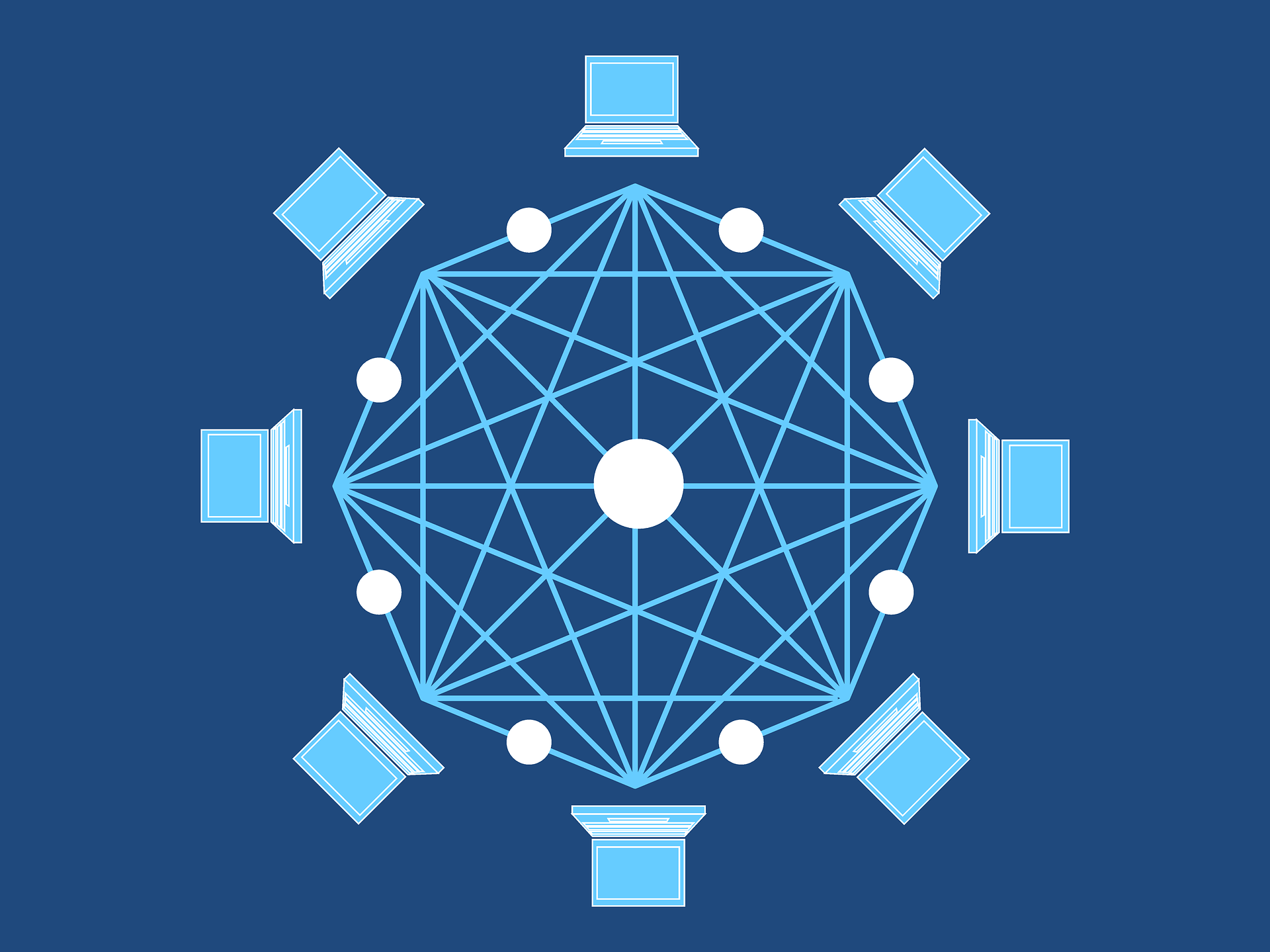
Private BlockChain: As per the name we came to know that this BlockChain cannot be accessed from anywhere or it’s limited or restricted to some of the people who are part of an organization, or company. This BlockChain required permission to access their data. So with this security increases. It’s less decentralized as compared to Public BlockChain . It’s easy to access or operate as compared to any other type of BlockChain.They are open to some authorized users only.

Consortium BlockChain: Consortium BlockChain is also known as a Federated BlockChain. A consortium blockchain is a type of semi-decentralized network in which members are not granted to a single entity. Instead, it is granted to a group of individuals or 'nodes'.The various examples of this type of BlockChain are Bankchain( banking blockchain consortium), R3, Enterprise Ethereum Alliance etc. It’s also easy to access as compared to public Blockchain. Like Private BlockChain, this is also open to some authorized users only.
Hybrid Blockchain: This type of BlockChain is a combination of public, private and consortium blockchains. It can be both permissions also permissionless and it depends on time. It is made by combining important components of both public blockchain and private blockchain and with the blend of the best of both public and private blockchain protocols, it makes transactions and data privacy. This gives organizations better control over what they want to achieve rather than changing their plans to the limitation of the technology.
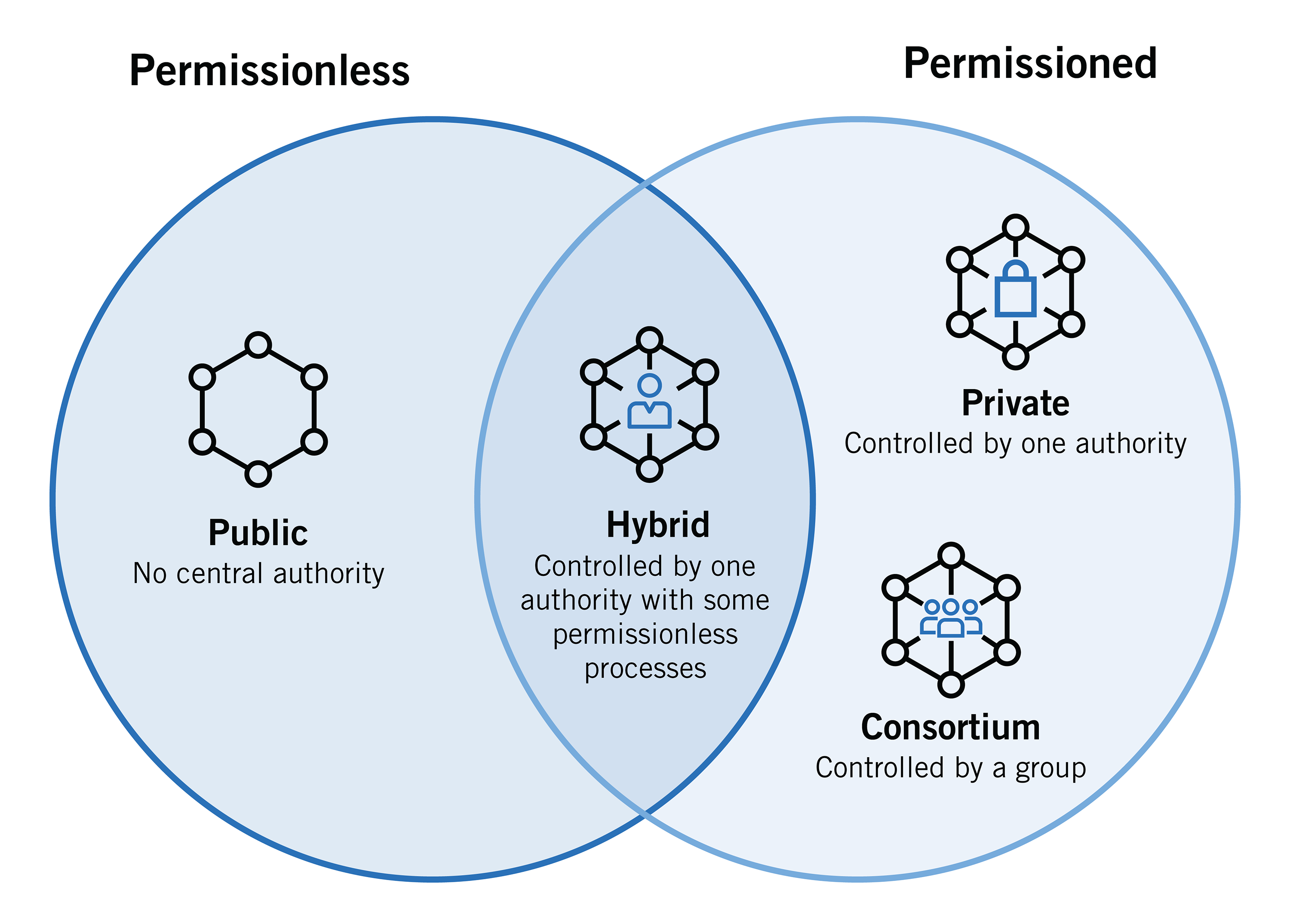
As usual, Hybrid blockchain architecture is entirely customizable. The hybrid blockchain members have the authority to decide who can participate in the blockchain or which transactions need to be public. This brings the best of both worlds and ensures that a company can work with its stakeholders in the best possible way.
We hope that you got a clear view of the hybrid blockchain definition. To get a much better picture, we recommend you check out some hybrid blockchain projects. XDC is one of the projects that take advantage of both public and private blockchains. It is created and managed by XinFin, a Singaporean company
Benefits of Blockchain Technology
We now know what is hybrid blockchain. We also have a clear understanding of other types of blockchain: i.e., private and public. Now, it is time to list the benefits of hybrid blockchain and what it has to offer.
Works in A Closed Ecosystem: The most important advantage of blockchain is its ability to work in a closed ecosystem. That means that companies or organizations don’t have to worry about getting their information leaked when taking advantage of blockchain technology.
Changes the Rules When Needed: Companies thrive on change. The good news about hybrid blockchain as they need to change rules. However, the nature of the change depends on what the hybrid blockchain is trying to do. However, don’t expect to change data or modify transactions in a hybrid system that handles band registry or user identity for verification purposes.
Protecting From 51% Attack: Hybrid blockchain is immune to a 51% attack as hackers cannot have access to the network to carry out the attack.
Protecting Privacy While Still Communicating with The Outer World: Even though private blockchain is best for privacy-related issues. However, they are limited when it comes to communicating with the outer world. Many companies may want to keep their privacy but also need to configure their blockchain so that they can communicate with all their shareholders, including the public.
Low Transaction Cost: One of the most important benefits of using hybrid blockchain is to have a low transaction cost. Transactions are cheaper as it requires a few nodes to verify them. The most powerful nodes in the network make it easy to validate the transaction, which may take more than thousands of nodes in this public blockchain. The transaction fees can reduce to even less than 0.02$ per transaction.
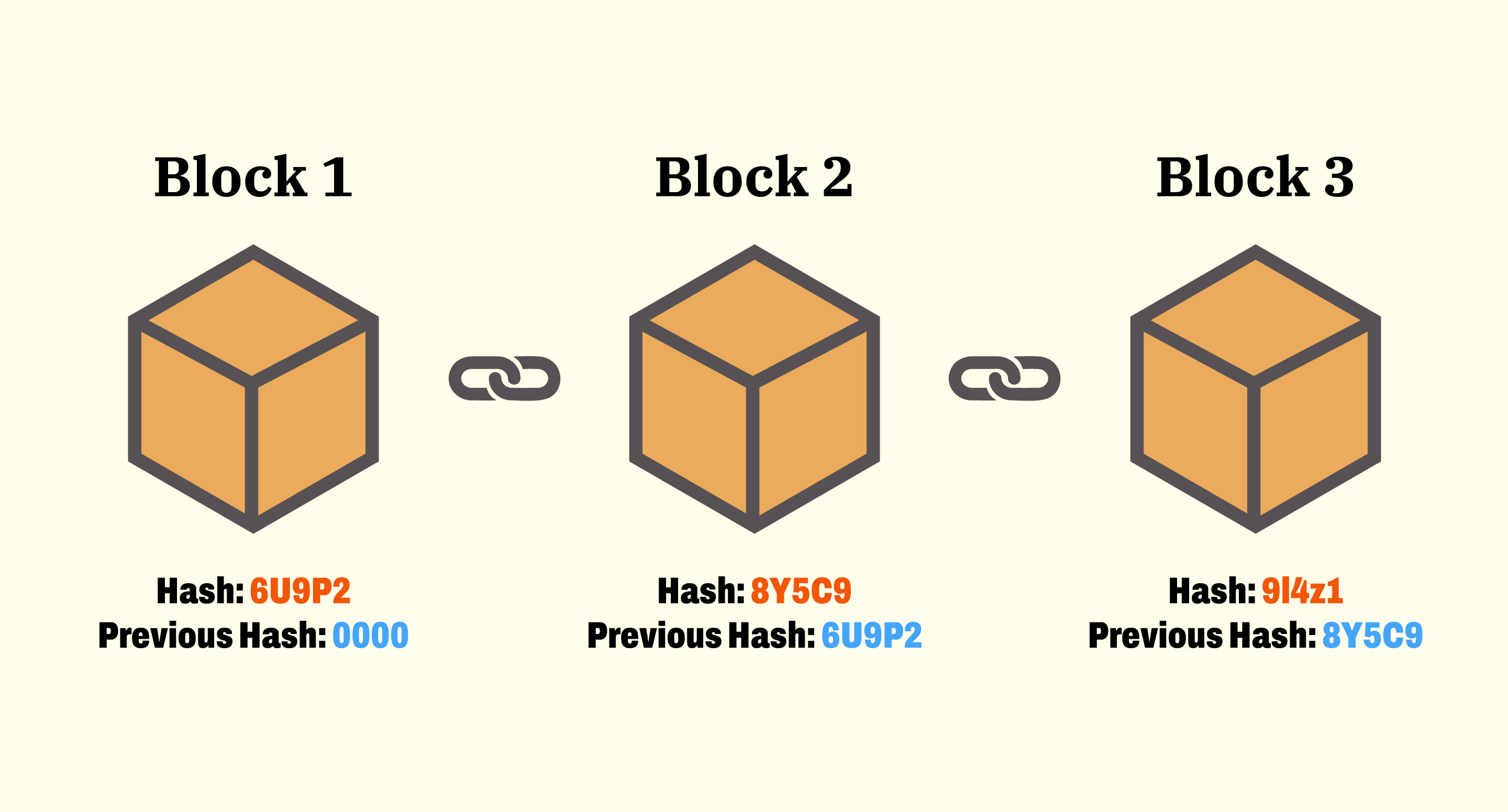
I will be discussing more on BlockChain in a very detailed manner in the coming blog I will be writing about their benefits and limitation in the coming blog Like this I will be adding more details about these topics and their demand in the Tech Field. I will be posting The next blog on the abovementioned tech field and other related information. If you have any queries please write them down in the comment box. And please like and share this. Stay tuned, and Stay Techcurious!
For more satisfactory and knowledgeable content please subscribe to me and show your love by liking this blog and my other blogs.
Subscribe to my newsletter
Read articles from Vidushi Gandhi directly inside your inbox. Subscribe to the newsletter, and don't miss out.
Written by

Vidushi Gandhi
Vidushi Gandhi
I'm an ambitious, enthusiastic, skilled, and consistent person. I have almost 5 years of experience in development. I have worked on Android, web, and desktop technologies. My area of expertise includes Artificial Intelligence, Neural Networks and Natural Language Processing. Currently exploring Augmented Reality and Virtual Reality. I am working as a Google Developer Student Clubs Technical Lead, Freelance FullStack Developer and GitHub Developer Program Member.I'm an ambitious, enthusiastic, skilled, and consistent person. I have almost 5 years of experience in development. I have worked on Android, web, and desktop technologies. My area of expertise includes Artificial Intelligence, Neural Networks, and Natural Language Processing. Currently exploring Augmented Reality and Virtual Reality. I am working as a Google Developer Student Clubs Technical Lead, Freelance FullStack Developer, and GitHub Developer Program Member.